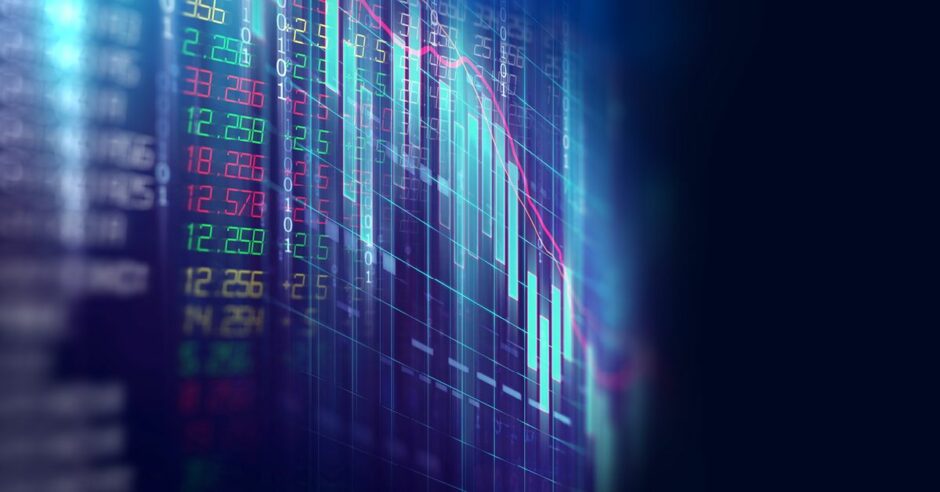
Today, connectivity underpins the everyday operations of the energy sector. Without reliable network connections, the lights go off. It’s that simple.
Systems that monitor demand and control supply need reliable network connections to perform properly. Furthermore, the energy sector will be increasingly led by data, whether that’s transmitting information about capacity or emissions, or using it to determine the best site for a solar array. Energy providers produce a constant stream of data, requiring high-quality, low-latency connectivity.
As renewable energy comes to the fore and the energy sector goes through the radical changes required by decarbonisation, the infrastructure behind it must keep pace.
The digital challenges for the energy sector – and the opportunities
One of the most fundamental changes facing the energy industry today is the transition from Distributed Network Operators (DNOs) to Distributed Systems Operators (DSOs). This change means providers have to monitor grid performance, supply consumption and efficiency, which requires improved digitised functions and data.
The bedrock of this digital transformation is powerful connectivity, making carrier-grade connectivity a necessity, particularly as green energy takes a greater share of the market.
This is because some aspects of the renewable energy sector lend themselves perfectly to smart technology. For example, sensors on solar arrays and marine turbines can relay performance data, revealing optimal configurations. 5G-powered drones are already being used to inspect remote energy facilities, such as wind turbines. Of course, technology like this needs high-quality, reliable networks.
How are energy companies currently using connectivity?
A large number of energy companies are migrating their data to the cloud, necessitating dependable networks that can cope with the sector’s high capacity demands. Some however, are using high-quality connectivity in a more proactive manner.
For example, SolarEdge offers cloud-based control over resources such as solar PV, battery storage and electric vehicles, making up ‘virtual power plants’. Meanwhile, UrbanChain provides a peer-to-peer marketplace for locally generated, renewable energy. It uses AI to identify the best energy providers for users and examine their consumption patterns, meaning green energy transactions can be conducted almost in real time.
With the decentralisation of the grid, companies such as these are a sign of things to come. To avoid being left behind, energy providers should ensure they have the high capacity infrastructure in place to offer innovative services like these, thereby future-proofing themselves in the process.
Connectivity is intricately linked to the future of the energy industry, simply because that future is digital. But it is a brighter future, accompanied by greater efficiency, automation to reduce human error and less harm to the environment.
Recommended for you
